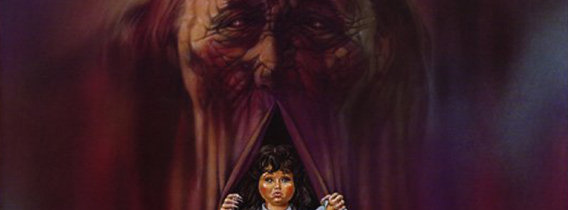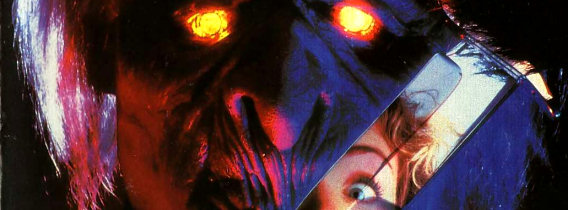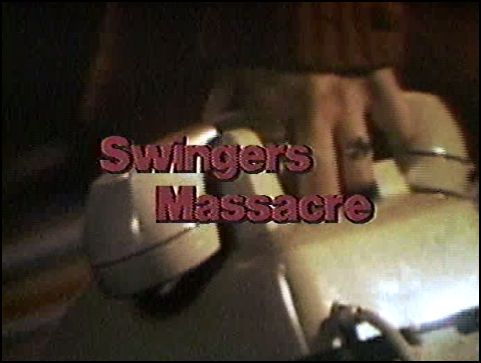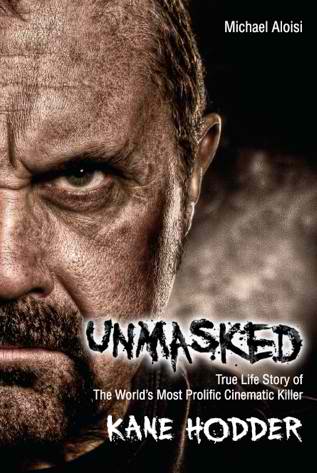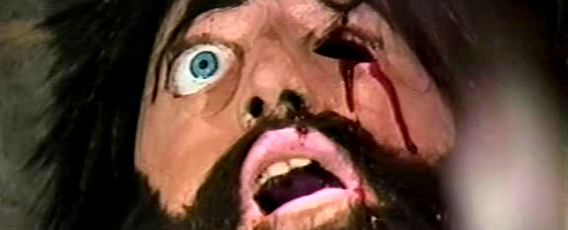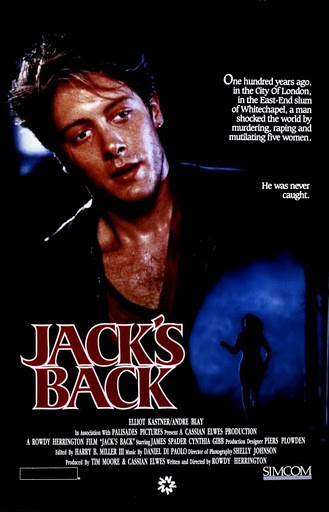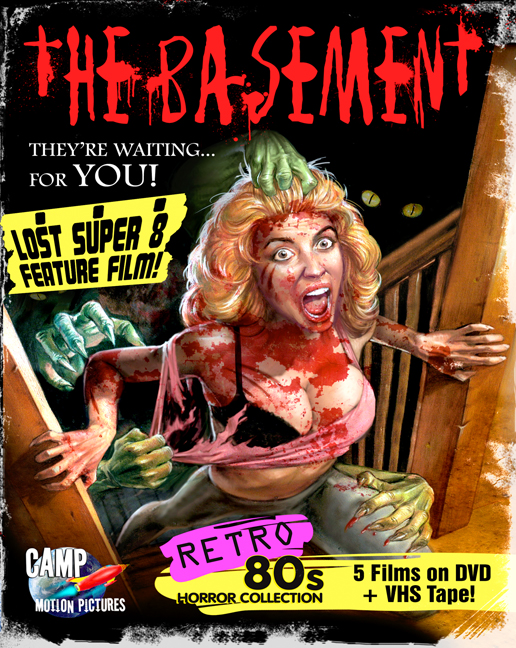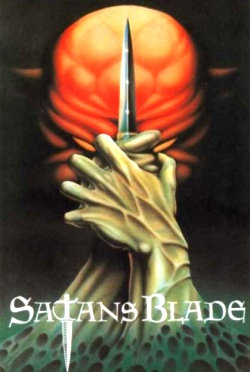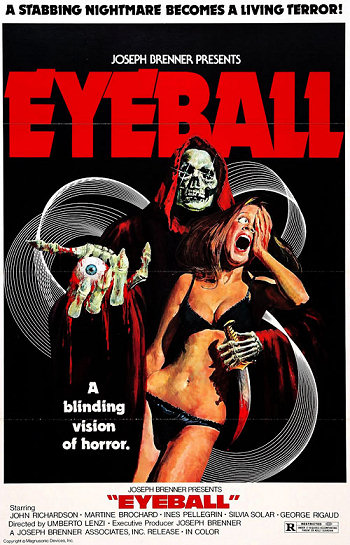
Through the month of August you’re going to be reading about Giallo (plural Gialli) here at Retro Slashers. For those unfamiliar with the genre, Giallo is the European cousin to, and a major influence on, our beloved North American Slasher flick. The word Giallo means yellow in Italian, and is a reference to the nickname given to a number of pulp novels, all thrillers that were typically given yellow covers in Italy. Christian Sellers did a terrific series of gialli reviews on this site not so long ago, so for information beyond what we’ll be posting this month, check them out. Another essential source for giallo info is Adrian Luther Smith’s fantastic book Blood & Black Lace: The Definitive Guide to Italian Sex and Horror Movies.
From the mid-1960’s through the mid-1980’s, Italy was the hot spot for gialli. In fact, it’s the birthplace of this brand of thriller, beginning with Mario Bava’s The Girl Who Knew Too Much in 1963. Though he’s not as widely praised as his fellow countrymen Dario Argento, Lucio Fulci and Mario Bava when it comes to handing out Giallo accolades, Umberto Lenzi made a number of superior gialli including two separate films known as Paranoia (One was released in 1969 and is also known as Orgasmo, and the other was released in 1970 and is also known as A Quiet Place to Kill. Both star Carroll Baker.), Seven Blood Stained Orchids, Knife of Ice, Spasmo, and the film at hand – Gatti rossi in un labirinto di vetro – Red Cats in a Glass Labyrinth or Eyeball as it is known in North America.
Released in 1975, Eyeball is a joy to experience. It’s fast paced, ridiculous and a hell of a lot of fun. Basically it’s an episode of the Love Boat with an eyeball-collecting killer on board. Here, a group of tourists take a bus tour of Spain as a red rain slicker-wearing psycho kills them one by one, plucking out an eyeball each time. The characters are archetypes straight out of a 1970’s disaster flick: a minister, a good old boy and his granddaughter, a bickering middle-aged couple, a lesbian couple, a woman on the run from her married lover, and a number of other victims and suspects. The cast may not be familiar to those who have yet to dip into Euro-Horror (i.e. Mirta Miller, George Rigaud), but Giallo fans will recognize faces from Torso, Horror Express, Lizard in a Woman’s Skin, All the Colors of the Dark, Don’t Torture a Duckling, etc.
The logic of the movie (or delightful lack thereof) is revealed as our plucky group continues to press on with their tour despite their number dropping like eyeless flies. And as is typical of some gialli, the killer’s motive when revealed is ludicrous, but who cares? There are a number of set pieces along the way that are a blast (including a murder on a midway ghost train ride), the cast is always fun to watch, and the lo-fi effects all add up to a giallo on the silly side, but so good natured and willing to entertain that disliking it would be like kicking a three-legged dog for moving too slow!
Though Eyeball is not generally considered a prime example of the genre, it’s one of my favourite gialli, and as my comments reflect, it’s clearly a flick that I can only gush over like the fan that I am. In many ways it’s the perfect entry film for a slasher fan who wants to give gialli a try as it’s structure is very similar to that of a typical 1980’s slasher flick, and it’s not so outrageous or obscure as many other examples of its genre.
Director Lenzi is also credited with starting the notorious Italian cannibal cycle with The Man from Deep River which he followed up with Eaten Alive and Cannibal Ferox. He also directed the very silly and entertaining Nightmare City starring the inimitable Hugo Stiglitz, but Eyeball is the Lenzi for me! It’s the kind of film I expect to find written about in blood on a bathroom stall: For a good time, call Eyeball.
